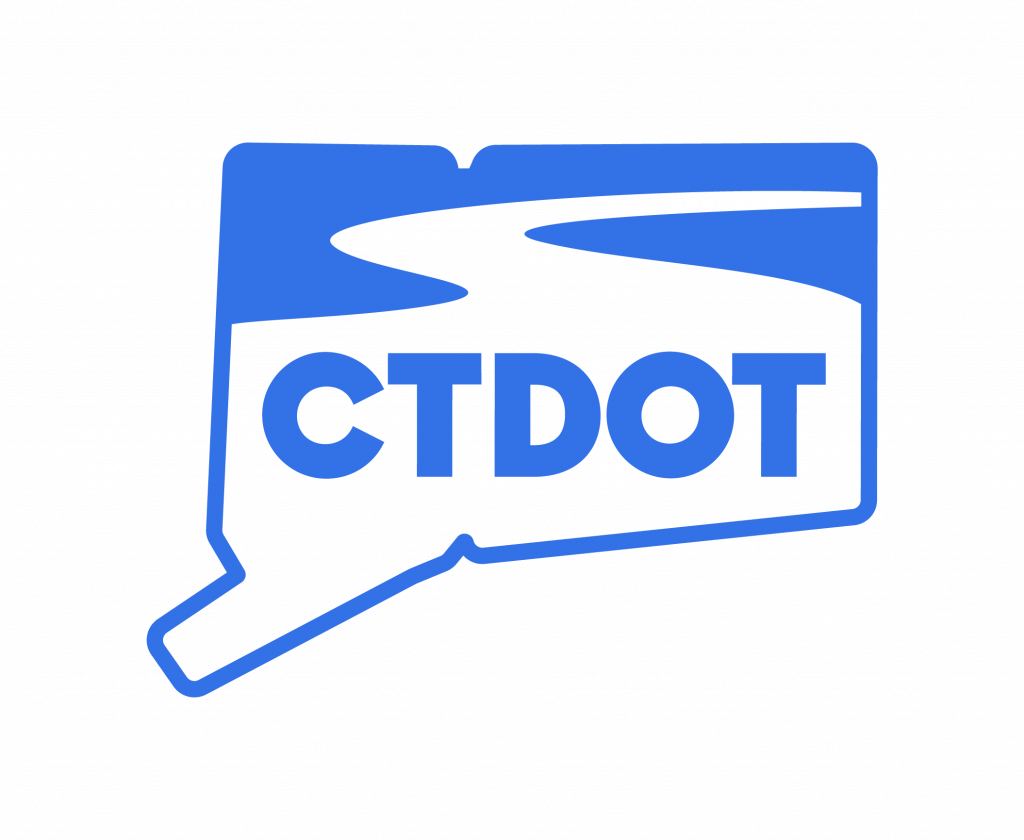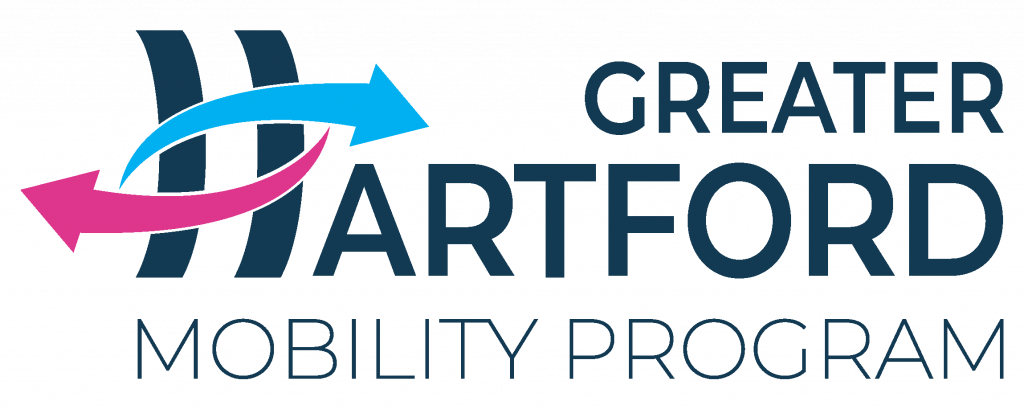GHMP/Transition Questions
What happens now that the study has been published?
The study resulted in a recommended program of improvements, some of which can be implemented in the near term, and some will be on a longer timeline. CTDOT and other regional partners, such as the Capitol Region Council of Governments and the City of Hartford are moving many of the recommendations forward.
I am seeing the Greater Hartford Mobility Program (GHMP) being used in material instead of the Greater Hartford Mobility Study, what’s the difference and why the change?
The Planning and Environmental Linkages (PEL) study, which is the GHMS, is complete. The GHMP is the resulting program of recommended improvements developed during the GHMS. CTDOT will continue to use the GHMP name to brand projects resulting from the study as they progress through the various project development pipelines within CTDOT and other regional partners.
Are there still opportunities to engage with the project team?
Yes, CTDOT is excited about the momentum already created by engaging with the public and looks forward to continuing community participation. Both CTDOT and project partners (including Voices of Women of Color) will be at many upcoming community events to continue conversations around the program of improvements and next steps. See here for upcoming opportunities.
How is CTDOT advancing the Core Components? These large and exciting projects seem expensive and difficult to construct.
The Core Components are large scale recommendations and the GHMP is the first step in a series of iterative and expanding project development stages. CTDOT has already initiated this process for two Core Components (City Link East and River Gateway). CTDOT is actively soliciting a consultant to complete an Environmental Impact Statement for Rt 2 to I-91 Direct Connection(an element of City Link East) and was recently awarded $2 million in federal grant funding through the Reconnecting Communities Pilot Program for more detailed planning and preliminary design work for River Gateway.
I am really interested in ______________ project. How can I get an update on it?
There are several ways to learn about the status of a given project.
(1) People are encouraged to continue to attend in-person events, which offer the opportunity to directly talk with project staff.
(2) There is an open comment form on the project website that can be found here.
(3) There is a project phone number where people can leave a voice message or question. Project phone number: 1(860)308-1435.
Overview
What is the Greater Hartford Mobility Study (GHMS)?
The GHMS is a comprehensive study to identify and address mobility challenges in the Greater Hartford region. This includes how people and goods can best access and move through the area using various modes of transportation.
What is GHMS vision?
The vision is to improve mobility by planning an integrated, resilient, multi modal transportation system in the Greater Hartford Region, thereby enhancing the quality of life and economy.
What are the GHMS goals?
Improve the movement of people and goods
Increase transportation options, accessibility, reliability, and safety
Accommodate future needs and emerging technologies
Prioritize social equity
Minimize environmental impacts
What will the outcome of the GHMS be?
The outcome will be a multi-modal strategy for improving mobility in the Greater Hartford Region for the next several decades. An implementation plan has been developed that includes a program of short- and long-term solutions within the urban core of the region and its suburbs. This set of recommendations will serve as a framework for the strategy's future implementation by the CTDOT, partnering state and federal agencies, and local stakeholders.
Why did Connecticut Department of Transportation (CTDOT) initiate the GHMS?
By late 2019, there were several initiatives in the Greater Hartford Region, such as the I-84 Hartford Project, CTfastrak expansion, Amtrak/Hartford Line Rail Corridor enhancements, I-84/I-91 interchange improvements, East Coast Greenway planning, and expanded bicycle and pedestrian networks at different levels of completion. Independently advancing any one of these projects could interfere or conflict with others. Therefore, the CTDOT decided to assess all of them together with other multi-modal mobility improvement opportunities in one study.
What are the benefits of this broader, comprehensive study?
The benefit of this broader study is that the team can determine how each individual project could interact with others to achieve the most favorable outcome for the region. In addition to better assessing how the individual projects can affect one another, the broader study allows for:
Less duplication of efforts (i.e. different parties will not be studying variations of the same concepts and putting each forward separately),
More accurate project phasing because projects are planned and potentially designed together, and
Ability to advance early action projects, or “low-hanging” fruit.
Who is conducting the study?
CTDOT is managing the study, assisted by a consultant team comprised of local area firms including TranSystems Corporation, AECOM, WSP, and FHI Studio.
Study Details
How long will this study take to complete?
The GHMS began in early 2020 and is expected to be completed at the end of 2023.
Where in the schedule is the study now?
The Study was published at the end of 2023 and can be found here.
Will the GHMS hire scientists to analyze and prioritize environmental impacts and climate change?
The GHMSwas a two-year Planning and Environmental Linkages (PEL) study. This type of study will have planners, engineers, and environmental specialists evaluating environmental factors at a high level using a scenario planning tool (see the Scenario Planning FAQs below). Projects advancing in the GHM will be evaluated for environmental impacts in compliance with the National Environmental Policy Act (NEPA) and the Connecticut Environmental Policy Act (CEPA). CTDOT will enlist technical experts, as necessary, to evaluate the potential environmental impacts of these projects.
How has transportation changed because of the COVID-19 pandemic, and how will this be incorporated into the GHMS?
The COVID-19 pandemic significantly impacted transportation services, travel patterns, and choices throughout 2020. While the transportation services and travel patterns are on the road to recovery in 2021, it is still too early to determine whether the transportation industry will be back to the pre-pandemic levels or to a “new normal” with new travel patterns and choices. The GHMP team is developing and will utilize a scenario planning tool (see the Scenario Planning FAQs below) to evaluate future scenarios, such as how people choose to travel and employment trends, such as working-from-home that many employers are embracing.
Relation to/Incorporation of other initiatives
What prior studies and needs will be considered in the GHMS?
These include, but are not limited to, the I-84 Hartford Project initiatives, CTfastrak expansion, railroad corridor enhancements, I-84/I-91 interchange congestion improvements, and other multimodal transportation improvements, including East Coast Greenway and intercity pedestrian and bicycle connectivity.
How does the GHMS relate to the Hartford 400?
Hartford400 is a river-centered vision for Hartford and surrounding towns in the Connecticut River Valley that integrates environmental, economic, social, transportation, and cultural aspirations. Recommendations from Hartford400 will be considered and evaluated to see if they can help achieve the study goals.
How will the Governor’s Council on Climate Change report recommendations be incorporated into the GHMS?
The GHMS team is aware of ongoing climate change initiatives and is committed to complying with state mandates. In addition, projects advancing out of the GHMS will be evaluated for environmental impacts in compliance with the National Environmental Policy Act (NEPA) and the Connecticut Environmental Policy Act (CEPA). CTDOT will enlist technical experts, as necessary, to evaluate potential environmental impacts of these projects.
Are the alternatives identified in I-84 Hartford Project considered in the Greater Hartford Mobility Program?
Yes, the GHMP team is considering how concepts developed from the I-84 project could be incorporated into a broader, regional transportation improvement strategy for the Hartford area.
Is improving and expanding CTfastrack being considered as part of the GHMS?
The team is studying the potential of expanding the CTfastrak service. The study team will be assessing how long it takes to travel between various origins and destinations via car/bus and the competitiveness of each mode.
Will tunnels be considered?
The GHMP will consider various alternatives that address the transportation challenges in the Hartford area, including tunnels and a similar method called capping.
How will the study balance long-term projects with the immediacy of a potential new infrastructure bill?
During the initial phase of this study the study team will identify short-term, mid-term and long-term concepts. Reasonable alternatives will advance to final phase for more detailed evaluation. Funding opportunities will also be considered.
Scenario Planning
What is scenario planning?
Scenario planning is a process whereby experts measure the performance of transportation improvements against several future scenarios. Scenarios are influenced by such factors as land use changes, traveler behavior changes, emerging travel technologies, and transportation policies.
How will the GHMP develop scenarios?
The scenarios will be developed with input from regional stakeholders, the study’s vision and goals, future land use and travel trends, and identified transportation needs.
What will the scenario planning tool accomplish?
The scenario planning tool will test potential transportation improvements against multiple future conditions. It will consider how potential improvements will affect environmental, social, and economic conditions (often called the Triple Bottom Line) in the region. The goal is to ensure that today’s investments in transportation are resilient to the changes that will shape our future.
What will the product / outcome of the scenario planning tool be?
The product of the scenario planning tool will be a model that CTDOT will use to inform decisions.
Get Involved
Will there be a committee or working groups associated with the GHMP?
Community engagement will inform the GHMP. The program team will hold public events through the process and is beginning to arrange various technical and / or geographic working groups to meet throughout the program.
How can the public be involved moving forward?
The public can be involved with the study by submitting comments about potential transportation improvements, attending virtual and in-person GHMP events, and signing up for the study's mailing list at hartfordmobility.com/involved. In addition, the public can email comments and questions directly to info@hartfordmobility.com.





